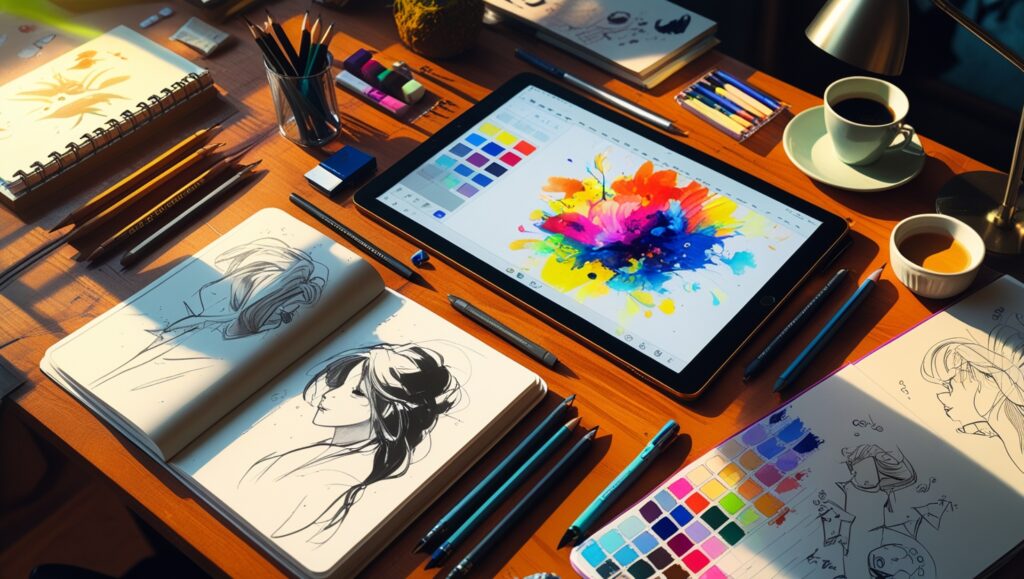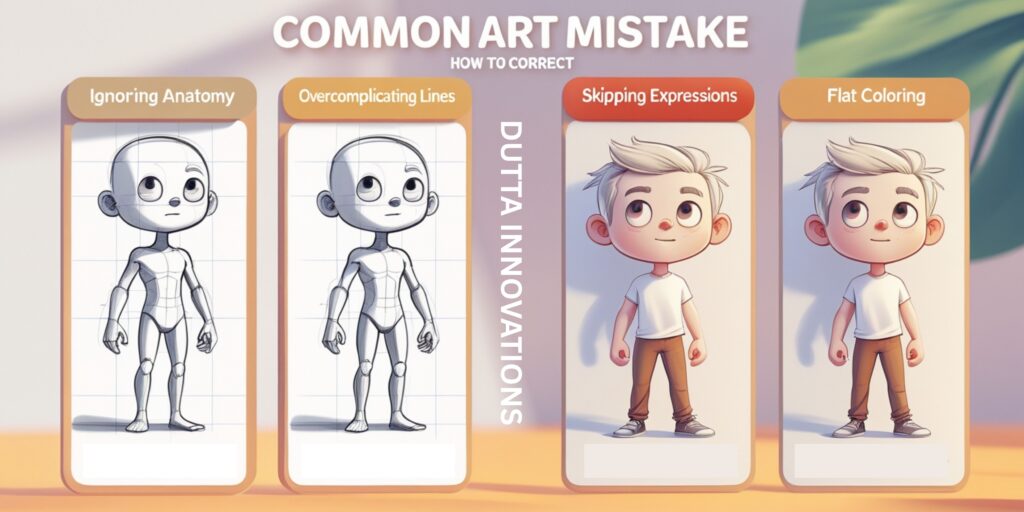Animation Foundation: Drawing Cartoon Characters Like a Pro
Welcome to DUTTA INNOVATIONS, where creativity meets innovation! Whether you’re an aspiring animator, a hobbyist, or a professional looking to refine your skills, mastering the art of drawing cartoon characters is a crucial step in animation. In this guide, we will take you through the foundational principles of drawing cartoon characters, helping you bring your ideas to life with expressive and dynamic figures.
Why Cartoon Characters Matter in Animation?
Cartoon characters are the heart and soul of animation. They evoke emotions, tell stories, and entertain audiences worldwide. Unlike realistic figures, cartoon characters allow for exaggeration, personality, and unique artistic styles, making them an excellent starting point for animation beginners.
Getting Started: Essential Drawing Tools
Before diving into drawing, ensure you have the right tools:
- Pencils and Erasers – Ideal for sketching and refining your artwork.
- Fine Liners or Ink Pens – For outlining and adding depth.
- Digital Tablets (Wacom, iPad, etc.) – Perfect for digital artists using software like Photoshop, Clip Studio Paint, or Procreate.
- Sketchbooks or Digital Canvas – A space to practice and develop your ideas.

Step-by-Step Guide to Drawing Cartoon Characters
1. Understanding Basic Shapes
Most cartoon characters start with simple shapes. Circles, ovals, squares, and triangles help structure the character’s head, body, and limbs.
2. Sketching the Head and Facial Features
- Start with a circle for the head.
- Use guidelines to determine the placement of the eyes, nose, and mouth.
- Experiment with different eye shapes and expressions to bring out personality.
3. Creating Body Proportions
- Use elongated ovals or cylinders for the torso and limbs.
- Adjust proportions depending on the character type (e.g., a chubby character will have rounder features, while an athletic one will have sharper angles).
4. Adding Hands and Feet
- Hands can be tricky but start with simple mitten-like shapes and refine them.
- Feet can be simple ovals or rounded rectangles.
5. Refining and Outlining
- Once you’re satisfied with the sketch, go over it with clean, bold lines.
- Remove unnecessary guidelines for a polished look.
6. Coloring and Shading
- Choose a color palette that fits the character’s personality.
- Add shading to create depth and highlight areas for a three-dimensional look.
Common Mistakes and How to Avoid Them
- Ignoring Anatomy: Even cartoons need structure. Learn basic human or animal anatomy for realistic movements.
- Overcomplicating Lines: Keep your lines simple and expressive.
- Skipping Expressions: Facial expressions are key to conveying emotions.
- Flat Coloring: Use highlights and shadows for a more dynamic look.

At DUTTA INNOVATIONS, we believe in nurturing creativity. If you’re interested in professional animation training, stay connected with us for workshops, tutorials, and more insights into the world of animation.
Drawing cartoon characters is an exciting and rewarding skill that opens the door to storytelling, animation, and personal artistic expression. Keep practicing, experimenting, and most importantly—have fun!
FAQ – Frequently Asked Questions
Can I start drawing cartoons even if I have no experience?
Absolutely! Start with basic shapes and simple characters, and gradually improve with practice.
What software is best for digital cartoon drawing?
Popular choices include Procreate, Adobe Photoshop, Clip Studio Paint, and Toon Boom Harmony.
How do I improve my cartoon character designs?
Observe real-life expressions, study other artists’ work, and practice daily. Experiment with styles and exaggerations.
How do I make my cartoon characters more expressive?
Focus on facial expressions, body language, and dynamic poses. Squash and stretch techniques also help!
What are the best exercises to get better at drawing cartoons?
Gesture drawing to improve movement.
Copying and modifying existing characters to understand styles.
Drawing from memory to test creativity.
How long does it take to become good at drawing cartoons?
It varies for everyone, but with consistent practice, noticeable improvements can be seen in a few months.
Do I need a formal art degree to be a cartoon animator?
No, but a strong portfolio and continuous practice matter more than formal education in animation.



Write a Comment